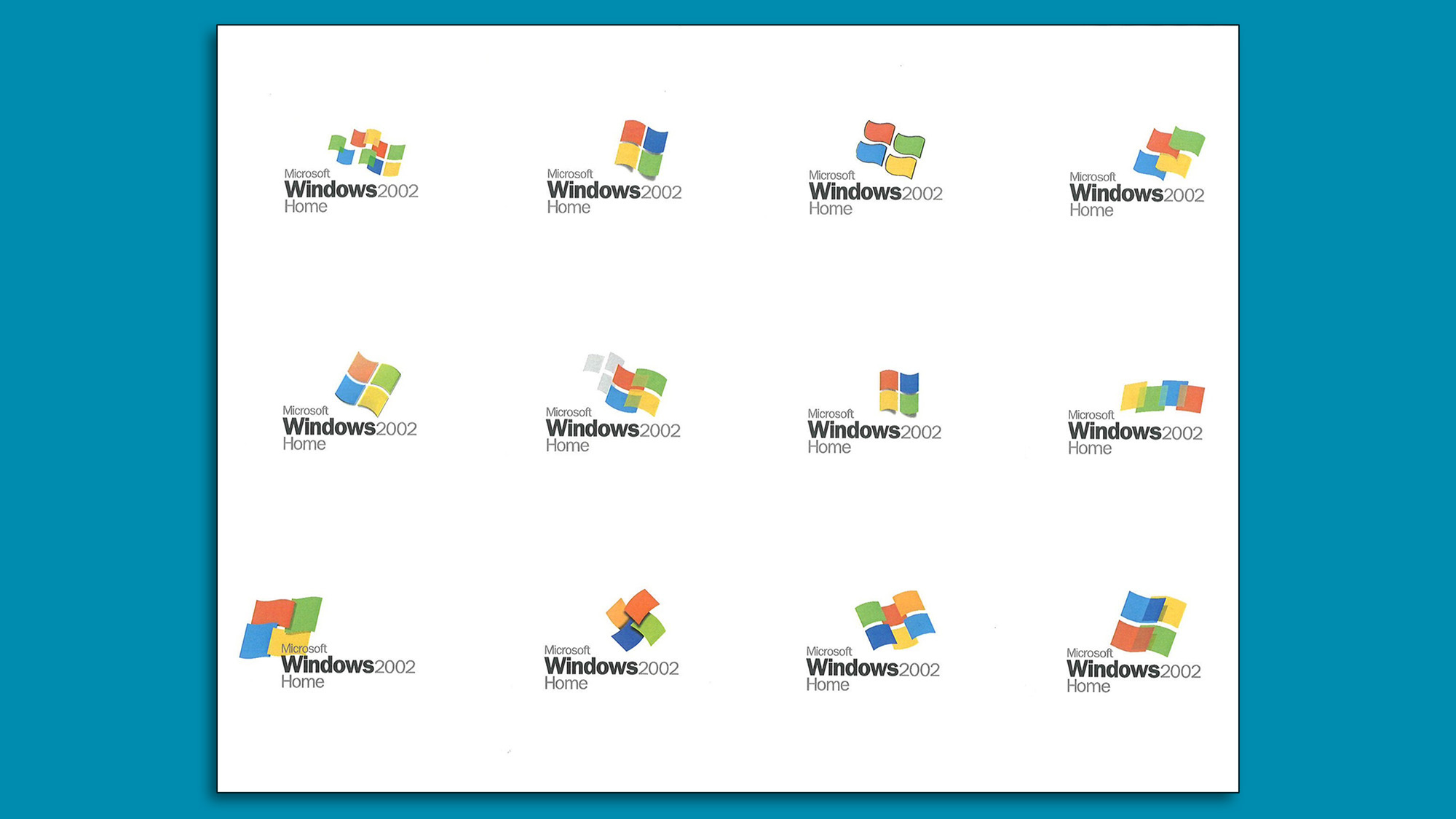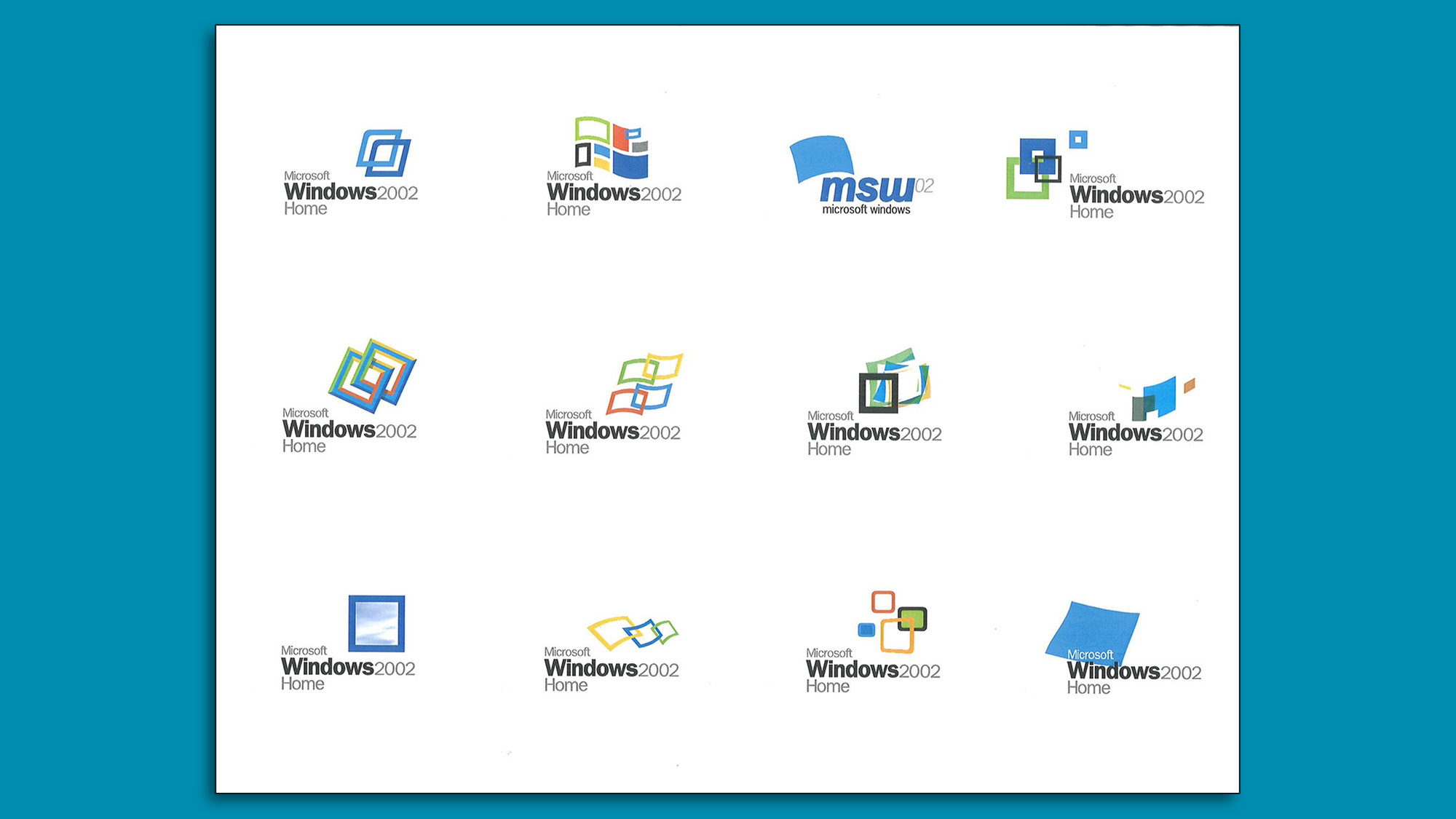Though the logo for the much beloved Windows XP is now considered iconic, it could have ended up looking a lot differently.
Windows XP introduced the 3D spin on the classic OS logo back in 2001, but according to Creative agency Frog Design and reported on by CreativeBloq, that spin could have easily been a complete revitalization of the logo. Creative director Casey Potter stated that Microsoft came to them wanting an outside perspective for its next OS’s logo.
"The Windows mark needed to maintain the brand equity it had accrued in its long history while expressing the evolution towards a more flexible, user-friendly brand." As a result, Frog Design came up with 50 different logos for the tech giant, which ran the gambit between “simple to radical alterations.”
You can see the logo designs below, and it's really fascinating seeing how unique some of these versions are.


The hidden dangers of Windows XP
It’s no secret that Windows XP, over two decades after its initial release, is still one of the most popular of Microsoft’s operating systems. Just as recently as 2021, Lansweeper found that out of 50 million devices running a Windows OS, 3% were running Windows XP which is about 1.5m.
And this is in spite of the fact that Microsoft stopped supporting XP in early April 2014. And though it’s nice to take a fond look at the OS through new information like this, it’s also vital to recall that it’s time to let go of XP for good.
And while it’s understandable that people are reluctant to let go of an OS that’s familiar, running XP in this day and age is a huge cybersecurity risk as it’s out-of-date and unprotected from the latest in cyberattacks. And it’s not just personal and work PCs at risk either, as many of these devices still running the OS are in critical infrastructure deployments.
In 2014, it was estimated that 95% of global ATMs still used Windows XP, and there’s a significant number of them that still run it to this day. There have been notable attacks in the past years too, from the notorious WannaCry ransomware to the attack on the Royal Melbourne Hospital in Australia.
Nostalgia is nice, but it’s best contained to looking back at early designs. Otherwise, it’s time to move on and embrace the present.
Comments